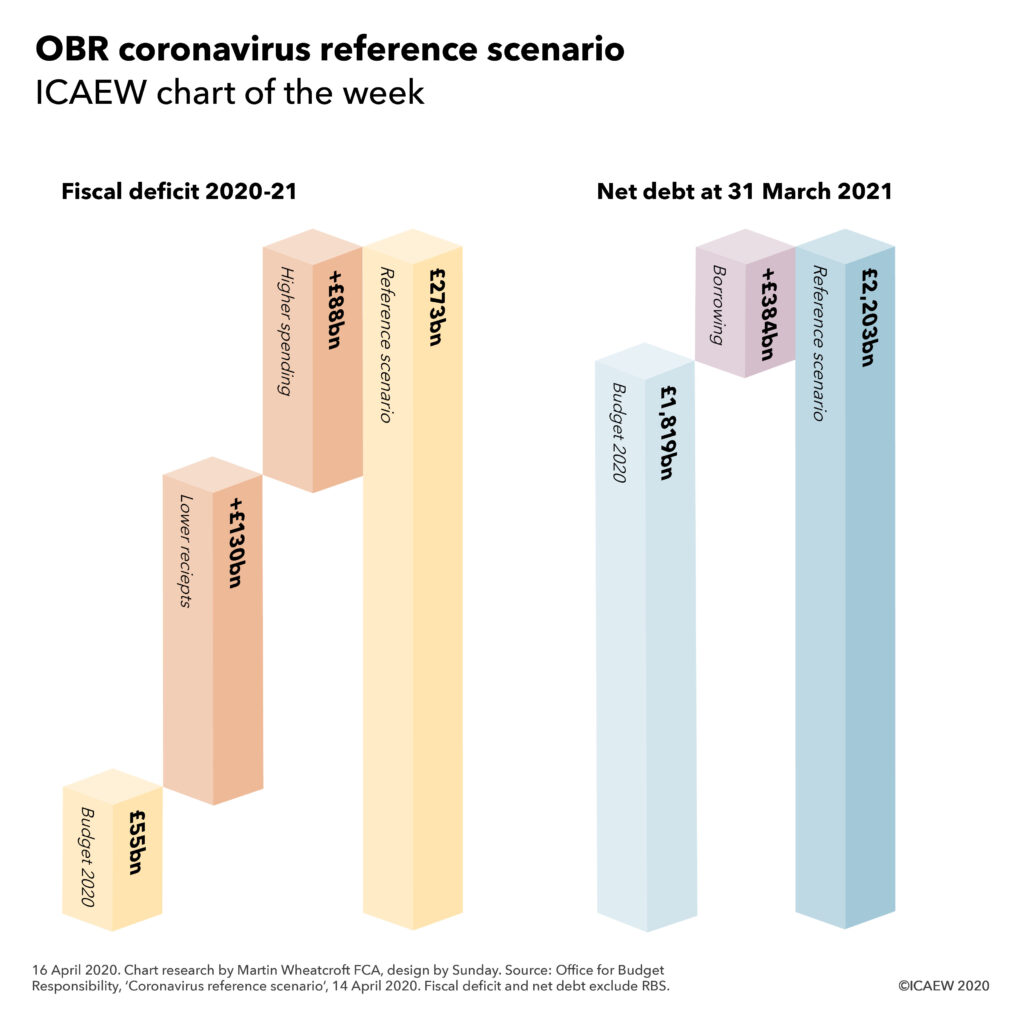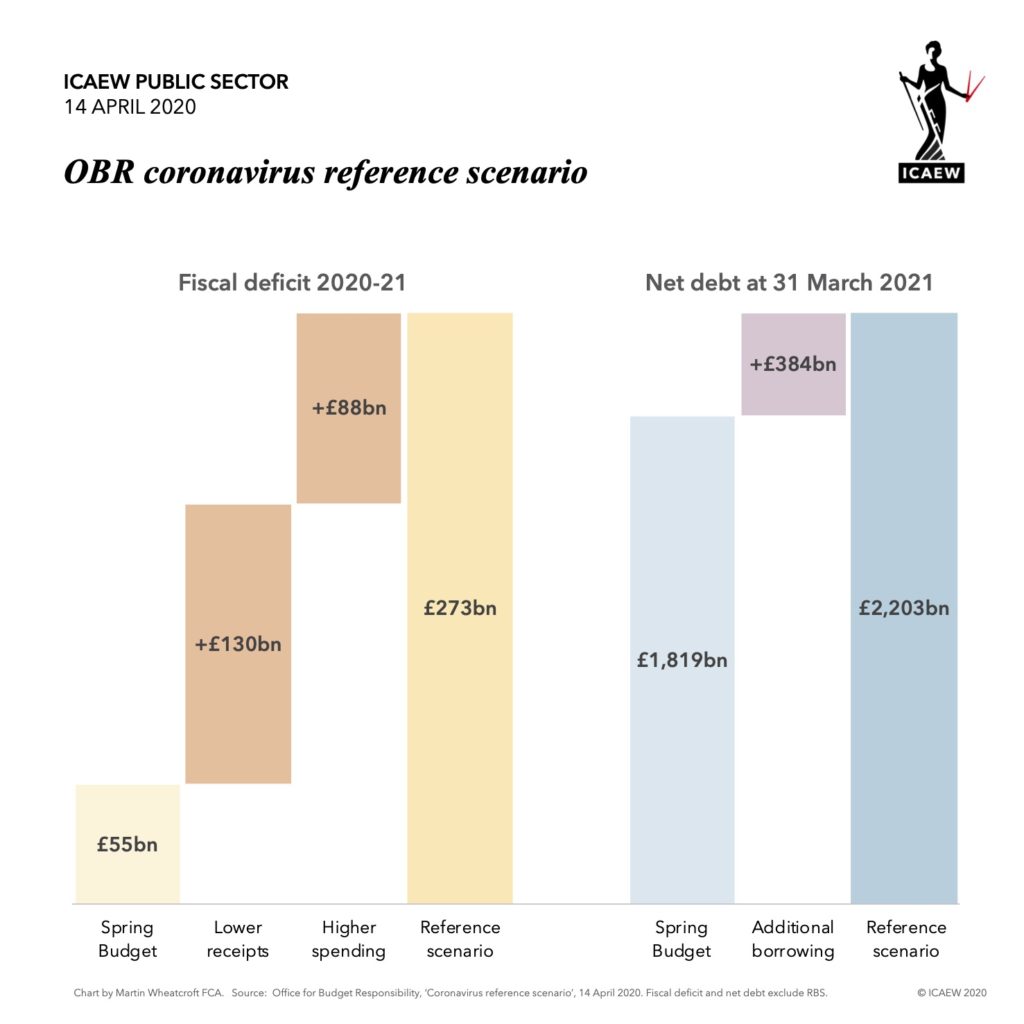17 March 2020: the NAO has provided an analysis of the spending by government departments on preparing for Brexit, highlighting just how significant an exercise leaving the EU is for the government machine.
A recent report by the National Audit Office (NAO) on the cost of EU Exit preparations analysed the £4.4bn spent by government departments in getting ready for Brexit between June 2016 and 31 January 2020.
The NAO is the independent audit body responsible for scrutinising public spending on behalf of Parliament. In its Brexit report, the NAO identified over 300 workstreams with £1.9bn spent on staff, £1.5bn on building new systems and procuring goods and services, £0.3bn on external advice, and £0.6bn in other costs.
Over half of the costs were incurred by three departments, with £871m, £803m, £748m spent respectively by DEFRA, the Home Office and HMRC. This included preparation for new international trade, immigration and customs processes, as well as implementing domestic regulation in areas currently regulated by the EU.
This spending is not the complete total. It does not include costs incurred, for example, of staff only partially working on Brexit or seconded for less than six months, nor local authority preparations not covered by central government funding. It also does not include the net contributions payable to the EU of £8bn during the transition period between 1 February 2020 and 31 December 2020 nor the net financial settlement payable to the EU after that of an estimated £23bn.
The NAO reported that some of the £1.8bn spent between 1 April and 31 October 2019 was spent on no-deal preparation, but that it is not possible to analyse how much of this was wasted (other than the £92m in losses incurred on terminating ferry and other contracts already identified by Whitehall as ‘fruitless payments’ or ‘constructive losses’). This is because many of the preparations will still be needed for when the UK leaves the Customs Union and Single Market at the end of the year.
Spending on advertising and communication amounted to £77m, including £49m spent on the Cabinet Office’s ‘Get ready for Brexit’ campaign, the subject of a critical NAO report in January 2020.
Alison Ring, Director, Public Sector for ICAEW commented: “The NAO has provided a very helpful analysis of the spending by government departments on preparing for Brexit. It highlights just how significant an exercise leaving the EU is for the government machine, with the need for more staff, new regulatory arrangements and new systems and processes across the public sector.
This effort is far from complete, with a huge amount of work still needed to prepare for leaving the EU Customs Union and Single Market in less than nine months’ time.”
The NAO report: ‘The cost of EU Exit preparations’ is publicly available.
This article was originally published by ICAEW.



